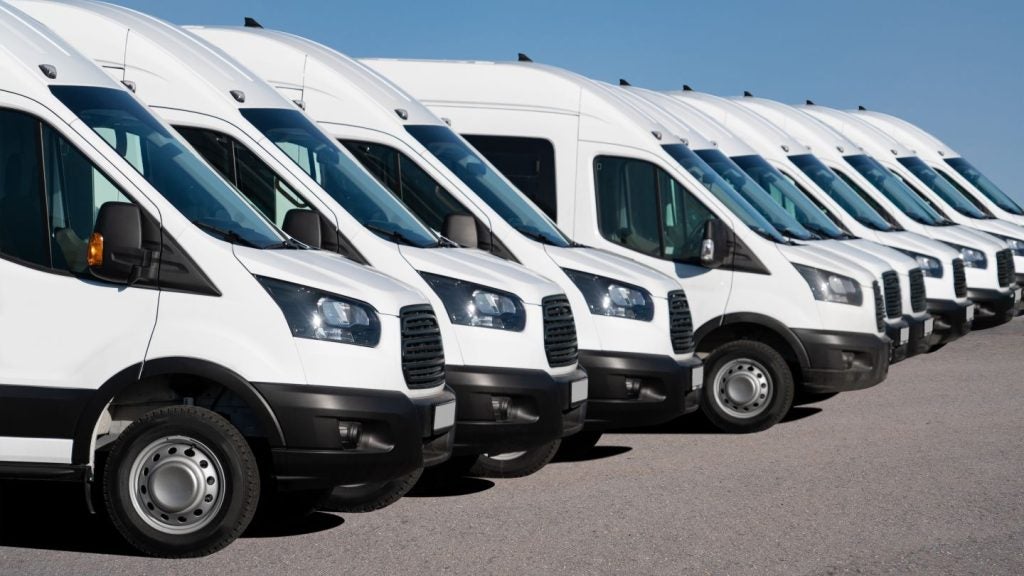
Captive finance companies, once the backbone of vehicle sales for major manufacturers, are undergoing a seismic shift, says Benedikt Middendorf, Director of Automotive Mobility & Finance at Deloitte ahead of his talk at the Motor Finance Europe Conference 2024 in Frankfurt on 17 October.
For decades, captives — financial subsidiaries fully owned by car manufacturers — played a dominant role in the motor finance sector. Their primary mission was to drive sales of their parent companies’ vehicles, offering exclusive financing options to consumers and dealerships alike.
However, the landscape is shifting. Former stalwarts such as Volkswagen Financial Services (VWFS) and Daimler Financial Services (Daimler FS), for example, are adapting to meet evolving demands by transitioning into providers of “whole mobility ecosystems,” or Mobility-as-a-Service (MaaS).
This transformation marks a shift away from traditional loan and lease products to more flexible services, including multi-cycle used car leasing, vehicle subscriptions, car-sharing, and ride-hailing options. These new offerings cater to consumers’ growing preference for vehicle usage over ownership.
In many cases, this shift has also extended to services aimed at fleet managers, independent leasing companies, and car rental firms, as well as emerging subscription services.
The rise of nimble, digital-first competitors has made reinvention a necessity for legacy captives. Take Germany’s Sixt, led by co-CEOs Konstantin and Alexander Sixt, who collectively hold 56% of the company. Middendorf says Sixt has successfully navigated this changing market, with a strong focus on asset management, usage-based products, and fleet optimisation, all without the burden of legacy systems.
How well do you really know your competitors?
Access the most comprehensive Company Profiles on the market, powered by GlobalData. Save hours of research. Gain competitive edge.

Thank you!
Your download email will arrive shortly
Not ready to buy yet? Download a free sample
We are confident about the unique quality of our Company Profiles. However, we want you to make the most beneficial decision for your business, so we offer a free sample that you can download by submitting the below form
By GlobalData
M&A
So how are traditional providers responding? Mergers and acquisitions have become a key survival strategy says Middendorf, alongside forming strategic partnerships with digital providers.
In 2022, for instance, Volkswagen completed its acquisition of Europcar Mobility Group to enhance its competitive positioning. Similarly, Daimler Mobility AG acquired a majority stake in French ride-hailing firm Chauffeur Privé in 2017, while BMW Group bought Parkmobile in 2018 to bolster its portfolio of mobility services, including parking, charging, and car-sharing. The FCA Bank Group’s acquisition of Drivalia in 2022 further underscores the trend, as it seeks to become a major player in European mobility services.
Middendorf says captives have traditionally excelled in building strong dealer networks, managing incentives and subventions, and offering conventional financial products like cash financing and first-cycle leasing. However, they struggle when it comes to second and third-cycle leasing or integrating leasing with newer services like subscriptions and rentals.
“It’s in the DNA of the classic captive to manage financing, one-cycle leasing and vehicle remarketing but what’s not in their DNA is to manage vehicles needing two or three cycles, alongside refurbishment rounds, all this requires more sophisticated logistics, fully automated asset management and a clear refinancing strategy,” he says.
These evolving models demand different skill sets that captives have been slow to develop, he adds.
The onset of the COVID-19 pandemic in 2020 served as a disruptive catalyst, accelerating change across the automotive sector. Many captives found themselves ill-prepared to adapt, Middendorf says, contributing to a broader decline in profitability across the entire global automotive mobility sector. Between 2021 and 2023, profits fell by an estimated 50%, driven by declines in used car values and a failure to fully address consumer needs in the shift to electric vehicles (EVs).

Artificial Intelligence
To mitigate these challenges, AI has emerged as a valuable tool to secure bottom- and topline profitability.
Middendorf argues that AI-driven asset management can help captives optimise multi-cycle leasing, refurbishment, and vehicle disposal, which are becoming critical in an industry increasingly focused on the circular economy. With consumers less inclined to own vehicles outright, effective asset management over the lifespan of a vehicle is essential.
While AI can manage asset-based challenges efficiently, leadership will still be required to guide strategic decisions. He says: “I’m not saying that you can leverage all the people out. I’m only saying that AI will help companies achieve much faster and more profitable results from asset management.” Middendorf believes AI can significantly enhance the profitability of asset management, though it is not a panacea for all issues.
Refinancing conundrums
Conference-goers are also likely to hear about another pressing challenge: refinancing. As companies shift towards usage-based models, they face mounting pressure on their balance sheets due to the increased number of vehicles held. Middendorf warns that the cost of maintaining large fleets is making it harder to secure refinancing, as capital markets become reluctant to engage in auto-backed securities (ABS) transactions.
“Already today there are problems with refinancing because cars are becoming more expensive and are blowing out company balance sheets. The capital markets are saying ‘we don’t want cars on ABS transactions anymore because we want to avoid carrying a single risk, therefore we will not do the full refinancing of the next round. You have to find somebody else.”
Therefore new and creative financing solutions are needed to secure future growth in the automotive mobility segment, and AI, he suggests, can improve transparency and help to calculate refinancing needs. “This means, in general, that refinancing is a key enabler for future growth. AI can help calculate refinancing needs, and when you have fleets in the tens or hundreds of thousands all on different refinancing timeframes then transparency is important and if you can’t secure your refinancing then you can’t grow anymore,” he says.
Future growth
Looking ahead, businesses are moving towards proprietary AI solutions rather than relying on open-source systems. The need for control and security in mission-critical areas is driving this shift, as companies seek to maintain independence while embracing AI-driven transformation.
Middendorf suggests that for legacy captives, forming strategic partnerships and leveraging AI should form two key pillars for companies looking to navigate the technological and market shifts necessary for their long-term survival.







